I. Introduction
Thai Airways, officially known as Thai Airways International Public Co., Ltd., stands as one of Southeast Asia’s most prominent carriers, renowned for its exceptional service, extensive route network, and commitment to passenger comfort. Established in the late 20th century, the airline has grown from modest beginnings to become a symbol of national pride and a cornerstone of Thailand’s aviation industry. This profile aims to provide a comprehensive overview of Thai Airways, delving into its rich history, expansive fleet, diverse destinations, and the unparalleled customer experience it offers.
Operating out of its main hub at Suvarnabhumi Airport in Bangkok, Thai Airways has carved a niche for itself by blending traditional Thai hospitality with modern aviation technology. The airline’s signature slogan, “Smooth as Silk,” perfectly encapsulates its dedication to providing a seamless travel experience. Over the decades, Thai Airways has built a reputation for reliability, safety, and excellent service, making it a preferred choice for travelers exploring Asia and beyond.
In this detailed profile, we will trace the journey of Thai Airways from its inception to its current status as a global airline powerhouse. We will explore its historical milestones, the evolution of its fleet, and the breadth of its domestic and international routes. Furthermore, we will examine the airline’s commitment to customer satisfaction, highlighted by its in-flight services, loyalty programs, and feedback from passengers. By the end of this article, readers will gain a thorough understanding of what makes Thai Airways a standout player in the competitive world of aviation.
II. History and Background
A. Founding and Early Years
Thai Airways International Public Co., Ltd., commonly known as Thai Airways, was established in 1960 as a joint venture between Thailand’s domestic carrier, Thai Airways Company, and the Scandinavian Airlines System (SAS). This strategic partnership aimed to create an international airline that could serve as Thailand’s gateway to the world. The initial agreement saw SAS providing expertise, operational management, and training, while the Thai government held a 70% stake, ensuring national control.
The airline’s inaugural flight took off on May 1, 1960, marking the beginning of its journey with a route from Bangkok to Hong Kong. Initially, Thai Airways operated a modest fleet of Douglas DC-6B aircraft, primarily serving destinations within Asia. These early years were characterized by a focus on establishing a solid operational foundation and building a reputation for reliability and service excellence.
B. Expansion and Growth
The 1970s and 1980s were transformative decades for Thai Airways, characterized by rapid expansion and modernization. The airline began phasing out its older aircraft, replacing them with more advanced models like the Boeing 747 and Airbus A300. This period also saw an ambitious route expansion, extending the airline’s reach to Europe, North America, and Australia. By the late 1980s, Thai Airways had firmly established itself as a significant player in the global aviation industry.
In 1988, Thai Airways merged with the domestic carrier Thai Airways Company, creating a unified national airline. This merger allowed for streamlined operations and greater efficiency, further bolstering the airline’s growth. The 1990s brought additional advancements, including the introduction of state-of-the-art aircraft like the Boeing 777 and Airbus A330, enhancing the airline’s capacity and service offerings.
C. Recent Developments
The 21st century has presented Thai Airways with both opportunities and challenges. The airline has continued to expand its fleet and improve its services, introducing the Airbus A380, the world’s largest passenger aircraft, into its lineup in 2012. However, the airline has also faced significant financial difficulties, exacerbated by global economic downturns and increased competition from low-cost carriers.
In response to these challenges, Thai Airways initiated a series of restructuring efforts aimed at reducing costs and improving efficiency. These measures included fleet rationalization, route optimization, and workforce reductions. Despite these efforts, the airline filed for bankruptcy protection in May 2020, citing the severe impact of the COVID-19 pandemic on global travel.
Currently, Thai Airways is in the process of implementing a comprehensive rehabilitation plan, approved by Thailand’s Central Bankruptcy Court. This plan focuses on financial restructuring, operational improvements, and enhancing customer experience. The airline remains committed to restoring its position as a key player in the global aviation industry, leveraging its rich history and strong brand reputation to navigate the challenges ahead.
In summary, Thai Airways’ history is a testament to its resilience and adaptability. From its humble beginnings as a regional carrier to its emergence as a global airline, Thai Airways has consistently evolved to meet the changing demands of the aviation industry. As it navigates its current challenges, the airline’s legacy of excellence and commitment to service continues to guide its path forward.
III. Fleet and Destinations
Thai Airways has established itself as a prominent player in the aviation industry, thanks in large part to its extensive and modern fleet, coupled with a robust network of both domestic and international destinations. This section delves into the composition of Thai Airways’ fleet and the breadth of its destination offerings.
A. Fleet Composition
Thai Airways’ fleet is a blend of modern technology and comfort, aimed at providing passengers with a superior flying experience. The airline operates a mix of aircraft from leading manufacturers, including Airbus and Boeing. Notable models in its fleet include the Airbus A350-900, Airbus A380-800, Boeing 777-300ER, and Boeing 787-9 Dreamliner. These aircraft are equipped with state-of-the-art facilities, ensuring a seamless and enjoyable journey for passengers.
The Airbus A350-900 and Boeing 787-9 Dreamliner, in particular, are known for their fuel efficiency and reduced environmental impact, aligning with the airline’s commitment to sustainability. The Airbus A380-800, the largest passenger airliner in the world, forms the backbone of Thai Airways’ long-haul international routes, providing unparalleled comfort and luxury. In addition to passenger aircraft, the airline also operates cargo planes, facilitating the transportation of goods across its extensive network.
B. Domestic Destinations
Thai Airways plays a crucial role in connecting different regions of Thailand, offering flights to major cities and regional hubs. Key domestic destinations include Bangkok, Chiang Mai, Phuket, and Krabi. The airline’s strong presence in these cities supports both tourism and business travel, contributing significantly to the country’s economy.
Bangkok, as the central hub, serves as the primary gateway for both domestic and international travelers. Chiang Mai, known for its rich cultural heritage, and Phuket, famous for its pristine beaches, are among the popular destinations served by Thai Airways. The airline’s frequent and reliable domestic flights ensure that passengers can travel across the country with ease and convenience.
C. International Destinations
Thai Airways boasts an impressive array of international destinations, covering key cities across Asia, Europe, the Middle East, and Oceania. The airline’s international network spans over 30 countries, offering passengers a wide range of travel options. Major cities served by Thai Airways include Tokyo, Sydney, London, Paris, and Frankfurt, among others.
In Asia, Thai Airways has a strong presence, with flights to major cities such as Tokyo, Beijing, and Singapore. The airline also offers numerous flights to Europe, connecting Bangkok to cities like London, Paris, and Frankfurt. In the Middle East, destinations like Dubai and Riyadh are well-served, catering to both business and leisure travelers. Additionally, Thai Airways extends its reach to Oceania, with flights to Sydney, Melbourne, and Auckland, facilitating travel between Thailand and the Pacific region.
Thai Airways’ strategic partnerships and codeshare agreements with other airlines further enhance its international reach, allowing passengers to connect seamlessly to a multitude of destinations worldwide. This extensive network not only underscores Thai Airways’ global presence but also ensures that passengers have access to a wide range of travel opportunities.
In summary, Thai Airways’ well-maintained and diverse fleet, combined with its comprehensive network of domestic and international destinations, positions it as a leading airline in the global aviation industry. The airline’s commitment to providing comfortable and efficient travel options continues to attract passengers from around the world.
IV. Customer Service and Experience
Thai Airways has built a reputation for exceptional customer service, which is a cornerstone of its brand identity. The airline continually aims to offer a seamless and enjoyable experience from booking to arrival, setting high standards for both in-flight and ground services.
A. In-Flight Services
Thai Airways takes pride in offering a range of in-flight services designed to make passengers’ journeys as comfortable and enjoyable as possible. The cabin crew, known for their warm Thai hospitality, are meticulously trained to provide attentive and personalized service. The in-flight experience is enhanced by a variety of amenities:
- Seating and Comfort: Thai Airways offers a range of seating options to cater to different needs and preferences. Economy Class seats are designed for comfort, with adjustable headrests and ample legroom. Premium Economy, Business, and Royal First Class passengers enjoy even more luxurious seating arrangements, including lie-flat beds, extra space, and privacy partitions.
- In-Flight Entertainment: The airline’s in-flight entertainment system, known as “THAI SkyConnect,” features a comprehensive selection of movies, TV shows, music, and games. Passengers can enjoy hours of entertainment on personal screens equipped with intuitive touch controls.
- Culinary Experience: Thai Airways is celebrated for its in-flight cuisine, which often includes traditional Thai dishes as well as international options. Meals are prepared with high-quality ingredients and presented with a touch of elegance. Special meal requests, including vegetarian, halal, and gluten-free options, are readily accommodated.
- Amenities and Extras: Passengers on long-haul flights receive complimentary amenity kits containing essentials like toothbrushes, toothpaste, eye masks, and earplugs. Premium class passengers are treated to additional luxuries such as designer toiletries, pajamas, and bedding.
B. Loyalty Programs
Thai Airways rewards its frequent flyers through its loyalty program, Royal Orchid Plus. This program is designed to offer tangible benefits and exclusive privileges to its members:
- Earning Miles: Passengers earn miles for every Thai Airways flight they take, as well as for flights with Star Alliance partner airlines. These miles can be redeemed for award flights, upgrades, and other travel-related benefits.
- Membership Tiers: Royal Orchid Plus has multiple membership tiers, including Member, Silver, Gold, and Platinum. Each tier offers increasing levels of benefits, such as priority check-in, extra baggage allowance, lounge access, and bonus miles.
- Exclusive Privileges: Higher-tier members enjoy a range of exclusive privileges, including personalized assistance, priority boarding, and access to premium lounges worldwide. These benefits enhance the overall travel experience, making it more convenient and enjoyable.
C. Customer Feedback and Reviews
Thai Airways places great emphasis on understanding and improving the passenger experience through regular feedback and reviews:
- Surveys and Feedback: The airline frequently conducts customer satisfaction surveys to gather insights on various aspects of the travel experience. Feedback is collected on factors such as in-flight services, ground services, cabin comfort, and overall satisfaction.
- Responsive Service: Thai Airways prides itself on being responsive to customer feedback. The airline has a dedicated customer service team that addresses complaints, suggestions, and compliments in a timely and professional manner. This commitment to responsiveness helps build trust and loyalty among passengers.
- Continuous Improvement: Based on the feedback received, Thai Airways continually seeks to enhance its services and address any areas needing improvement. This proactive approach ensures that the airline remains competitive and continues to meet the evolving needs of its passengers.
In conclusion, Thai Airways’ commitment to exceptional customer service and a superior in-flight experience distinguishes it as a leading airline in the global aviation industry. From the warmth of its cabin crew to the comprehensive loyalty program and responsiveness to customer feedback, Thai Airways strives to make every journey a pleasant and memorable one.
V. Conclusion
Thai Airways stands as a testament to the dynamic and ever-evolving nature of the global airline industry. From its inception in the 1960s, the airline has navigated the complexities of international aviation, growing from a modest regional carrier into a globally recognized brand. Through strategic expansions, fleet modernization, and a commitment to customer satisfaction, Thai Airways has managed to carve out a significant niche in a highly competitive market.
The airline’s diverse fleet and extensive network of both domestic and international destinations reflect its mission to connect people and places with unparalleled service. This commitment is further evidenced by its comprehensive in-flight services, which aim to cater to the comfort and needs of every passenger, and its loyalty programs designed to reward and retain frequent fliers.
However, like many airlines, Thai Airways has faced its share of challenges, particularly in recent years. The global pandemic, financial setbacks, and increasing competition have all tested the airline’s resilience. Despite these obstacles, Thai Airways has shown a remarkable ability to adapt and innovate, whether through restructuring efforts, enhancing its service offerings, or exploring new market opportunities.
Customer feedback and reviews consistently highlight the airline’s strengths in hospitality and service quality, underscoring the brand’s enduring appeal. While there is always room for improvement, Thai Airways’ dedication to listening to and learning from its customers positions it well for future growth and success.
In conclusion, Thai Airways embodies a rich history and a forward-looking vision. It continues to play a critical role in connecting Thailand to the world and vice versa. With a focus on quality service, strategic growth, and customer satisfaction, Thai Airways is poised to navigate the skies of the future with the same grace and reliability that have defined its past.
Catch up on the top stories and travel deals by subscribing to our newsletter!

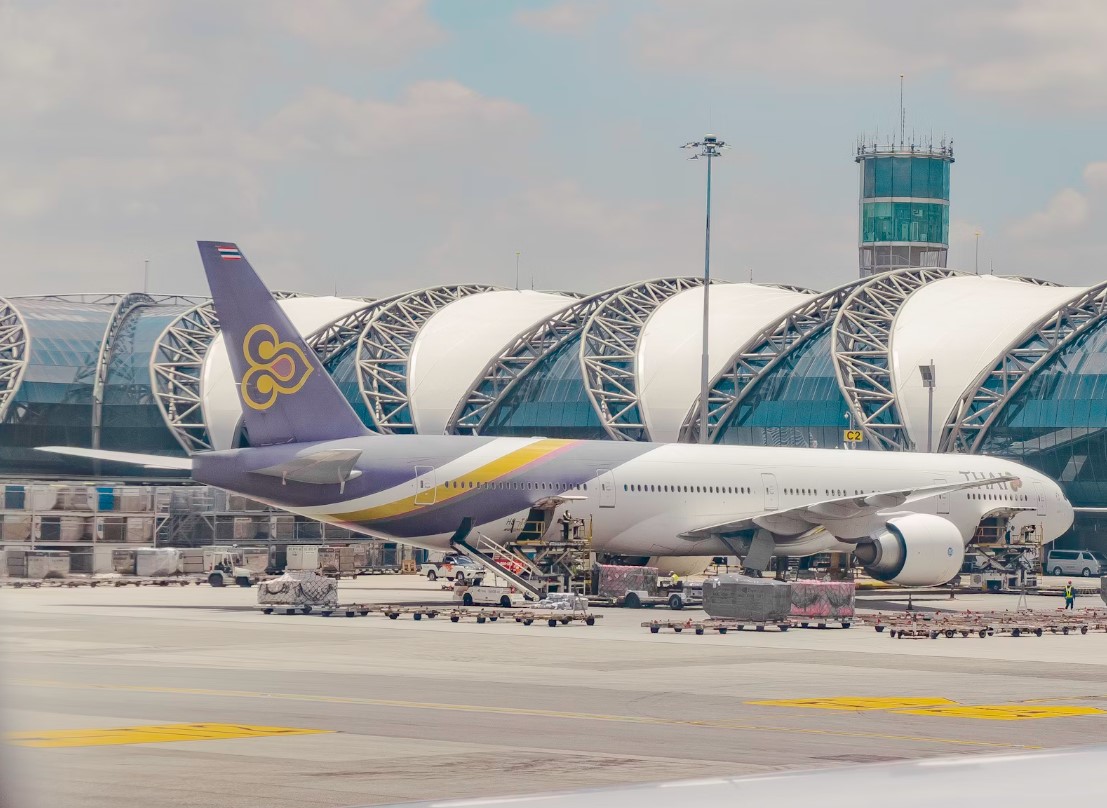

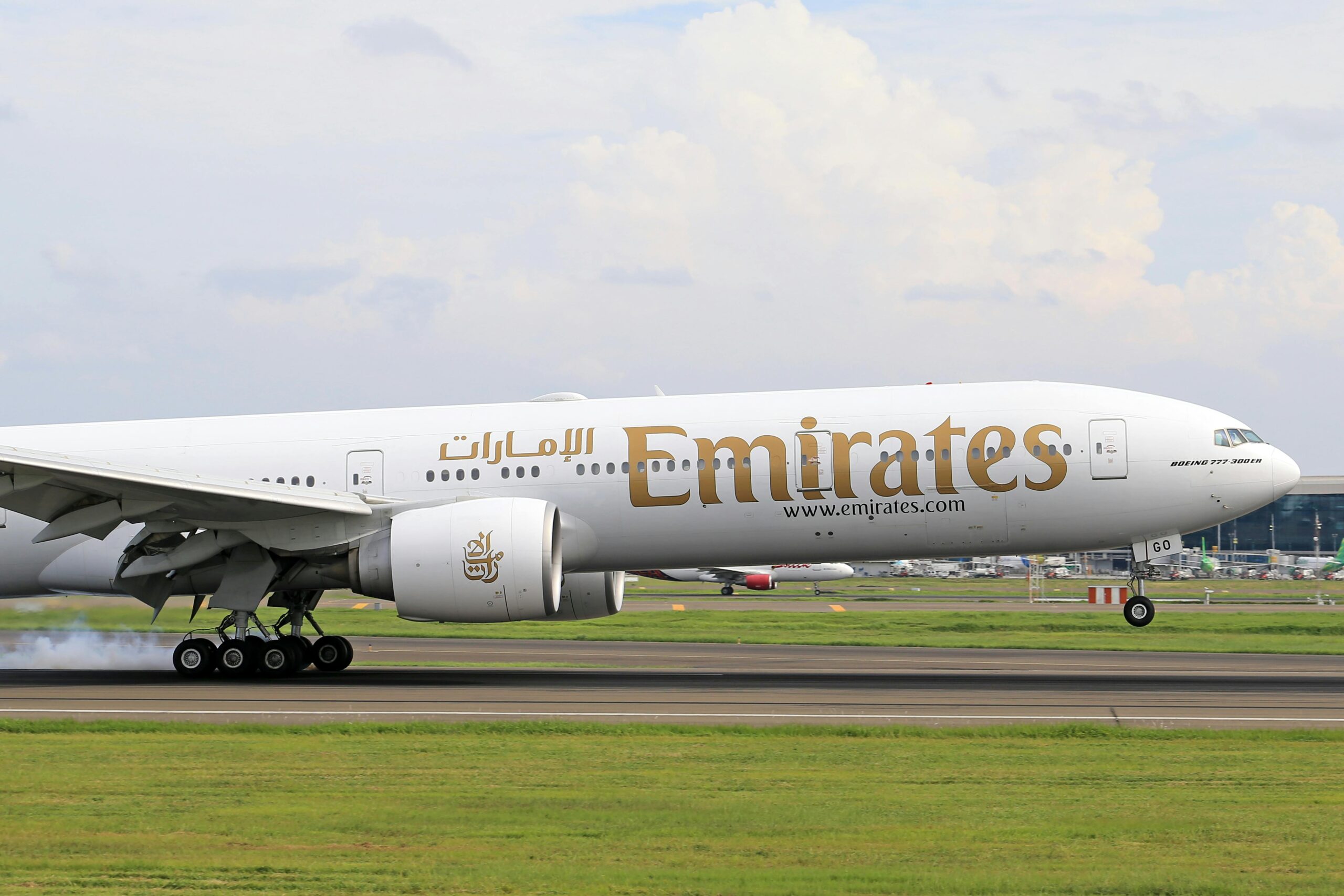
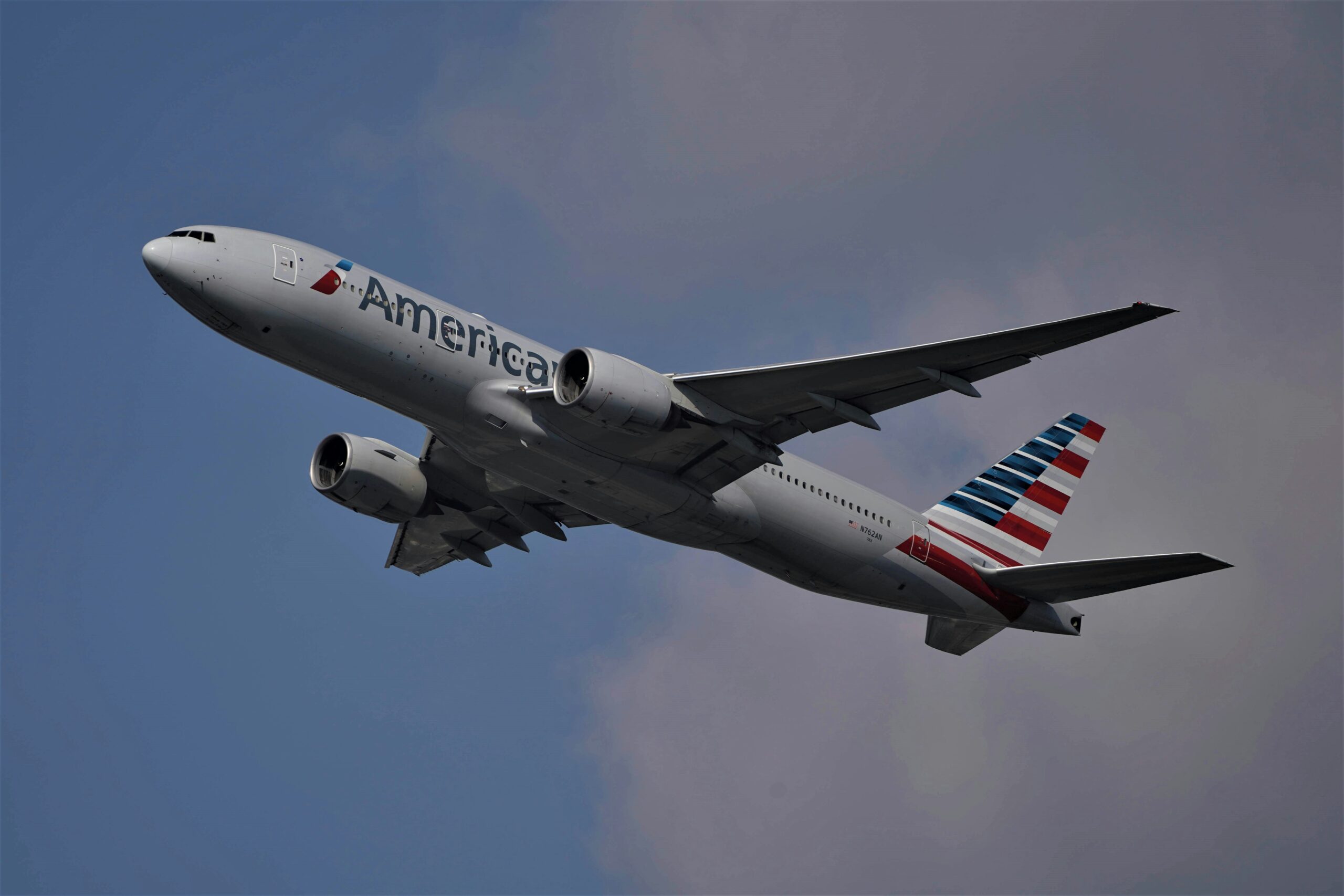
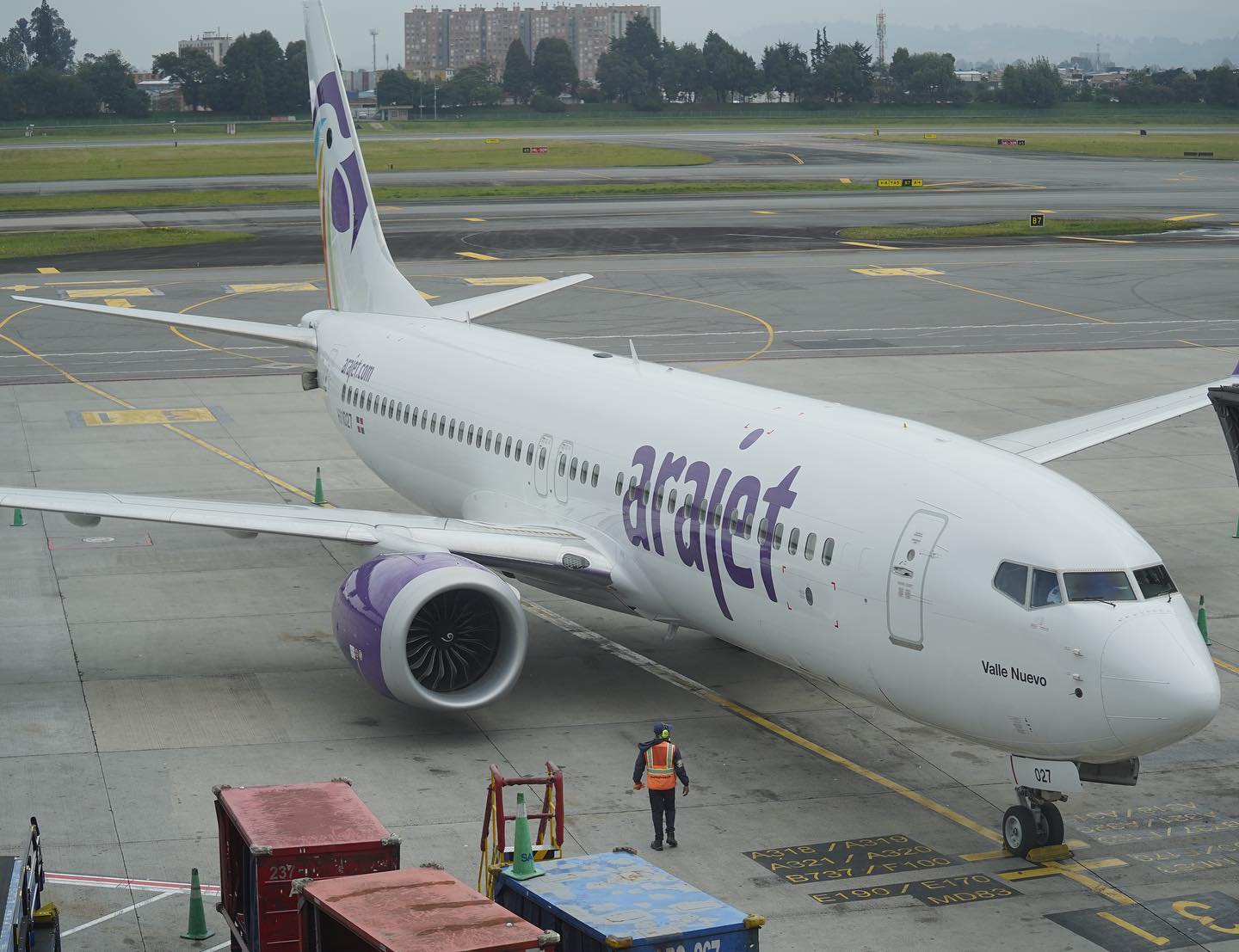
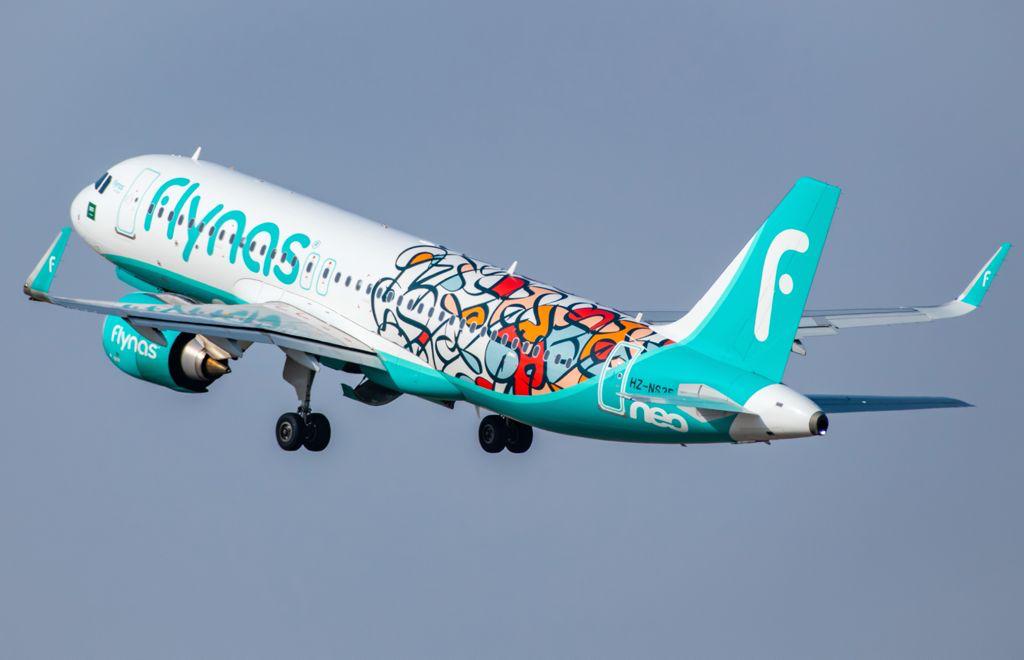
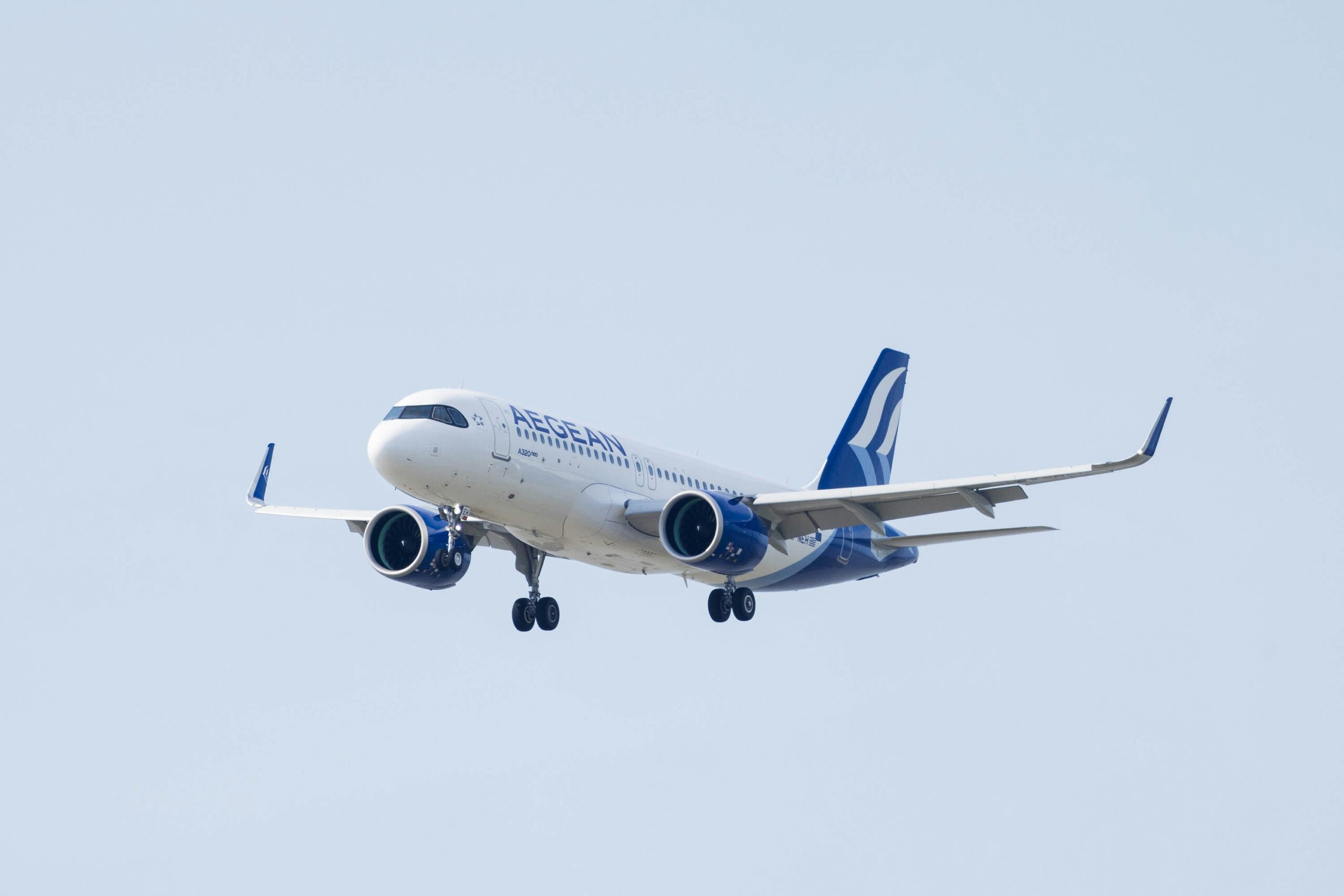

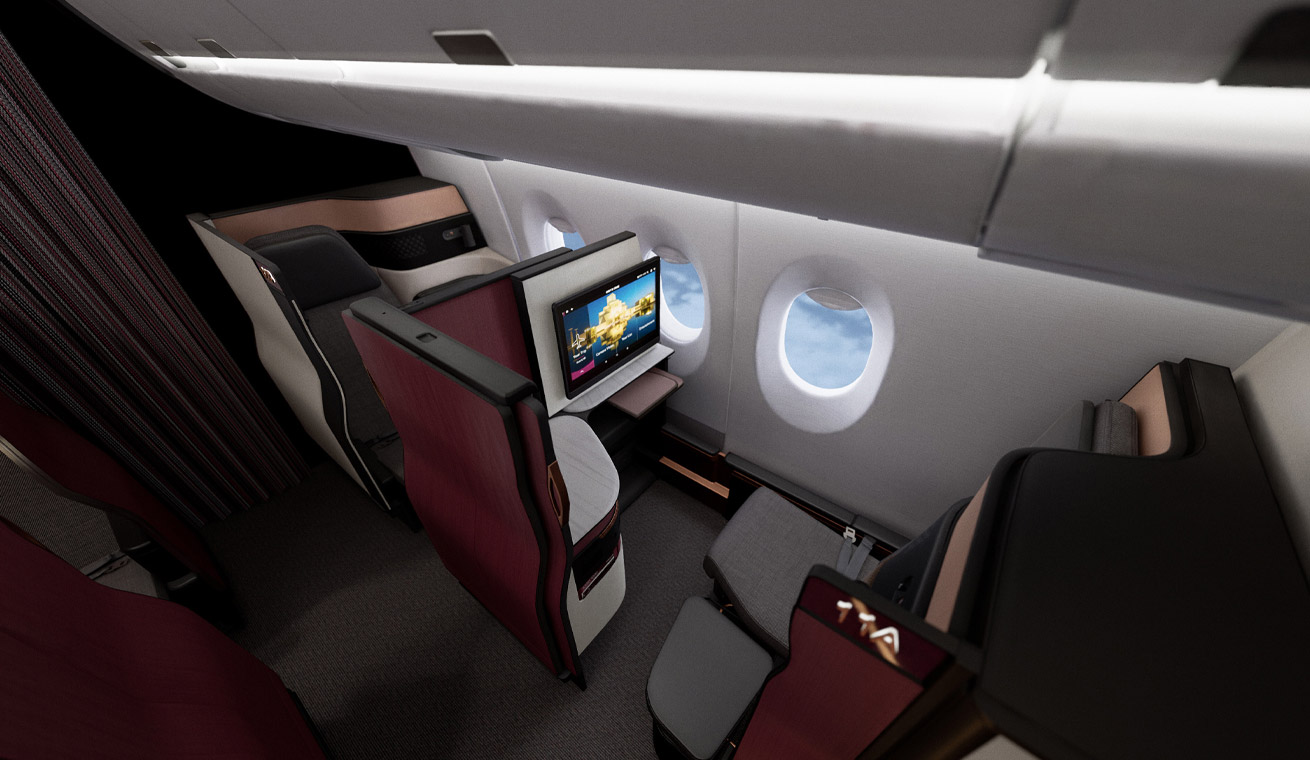


Leave a Reply